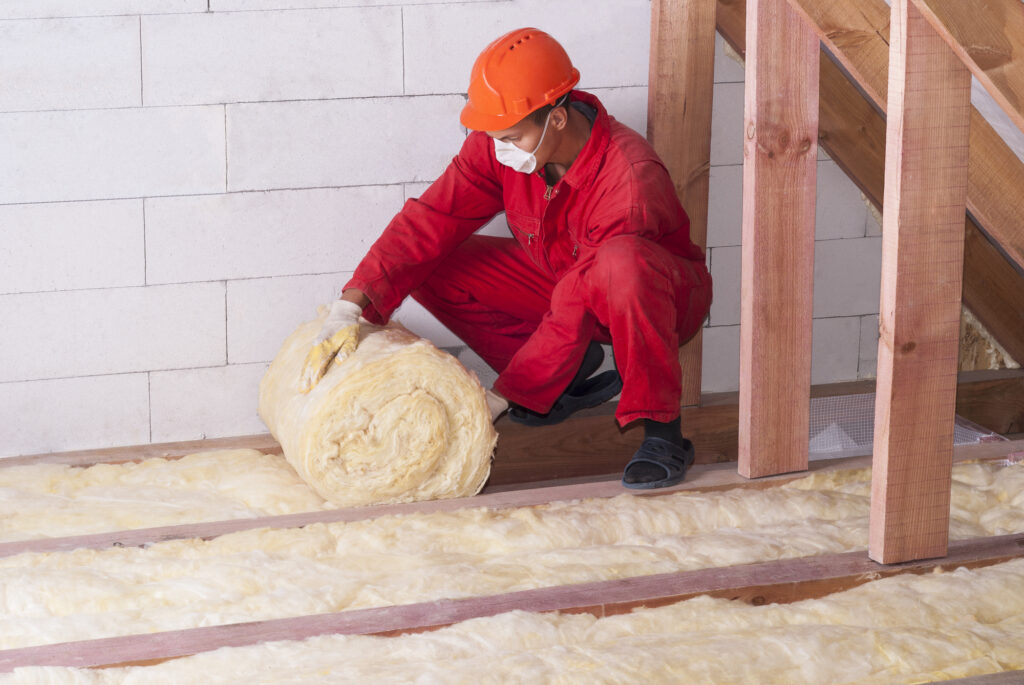Different Types of Insulation for Your Home
Keeping your home warm and comfortable in all kinds of weather is the work of your home insulation. You need the right kind of insulation in your walls, attic, crawlspaces, and more.
Over time, some kinds of insulation can settle, which makes them less effective. You can almost always increase the comfort and value of your home by improving the insulation. However, before you take action, you need to understand the types of insulation.
What kind of insulation is best for your home? Let’s take a look.
Blown-In Insulation
Loose blown-in insulation is an inexpensive way to improve insulation in a variety of locations throughout your home. You can insulate areas that are completely finished without having to remove drywall and do extensive renovations.
Some homeowners rent or own an insulation blower and try to do this themselves, but it’s often best to call a professional. Make sure you check credentials and get references. Done poorly, blow-in insulation can stay in small areas and make very little difference for your home.
Blown-in insulation can get you an R-value of 2.2 — 3.8 depending on the material used.
Bat Fiberglass Insulation
A step up from blown-in insulation is bat insulation. These rolls are inexpensive and easy to install. They come in standard widths to fit between studs, rafters, or floor joists.
In order to install this properly, you’ll need the walls to be unfinished or you’ll remove drywall. It’s best to use bat insulation during a renovation or in new construction. The R-value is better than blow-in insulation as well — between 2.9 and 3.8 for standard and 3.7 to 4.3 for high-performance insulation.
You can DIY bat insulation, but make sure you protect yourself with proper clothing, a mask, and safety glasses. Fiberglass is an irritant to your skin, lungs, and eyes.
Spray Foam Insulation
Spray foam has many of the advantages of blown-in insulation. It can be used in finished areas and fits easily in irregularly shaped spaces. This insulation seals leaks and gaps as well, which can help stop airflow in a way other types of home insulation don’t.
Open-foam insulation is less expensive and has an R-value of around 3.7 per inch of thickness. Closed-cell foam insulation is more expensive but has an R-value of around 6.2 per inch, which is far higher than any other insulation.
The only want to make your home any more comfortable is to look at the cost to encapsulate crawlspace!
Review Types of Insulation For an Upgrade
Now that you know the type of insulation for your home, you can determine what’s best for your needs. For an inexpensive improvement in finished areas, consider spray-in insulation. If you’re building new or remodeling, you can use bat fiberglass insulation or spray foam.
Finally, if you’re really looking for top-notch comfort, consider using spray foam insulation in finished areas of your home as well. You’ll be glad you did — and you’ll save on utility bills.
If you’re interested in learning more about your home, we have a lot of resources available. Check out more of our blog today!
